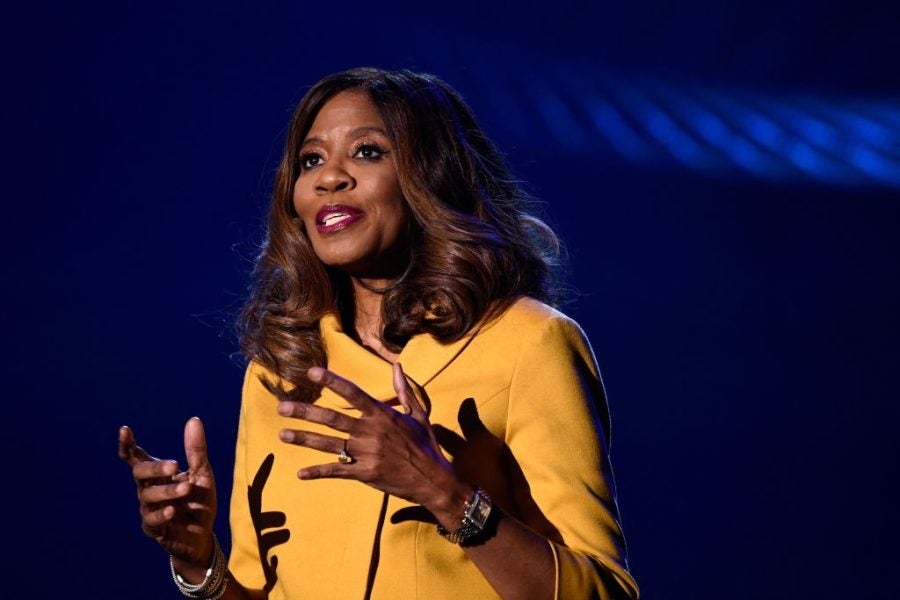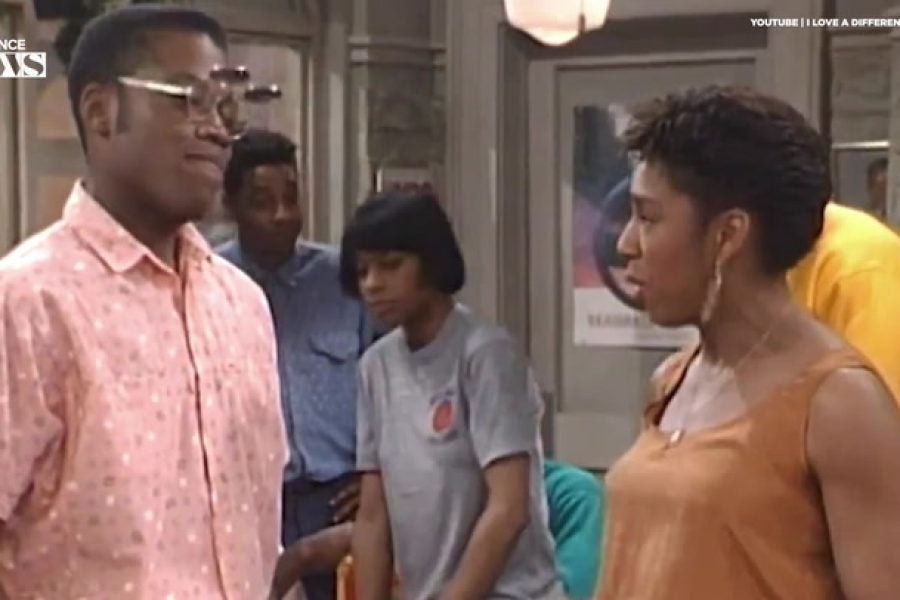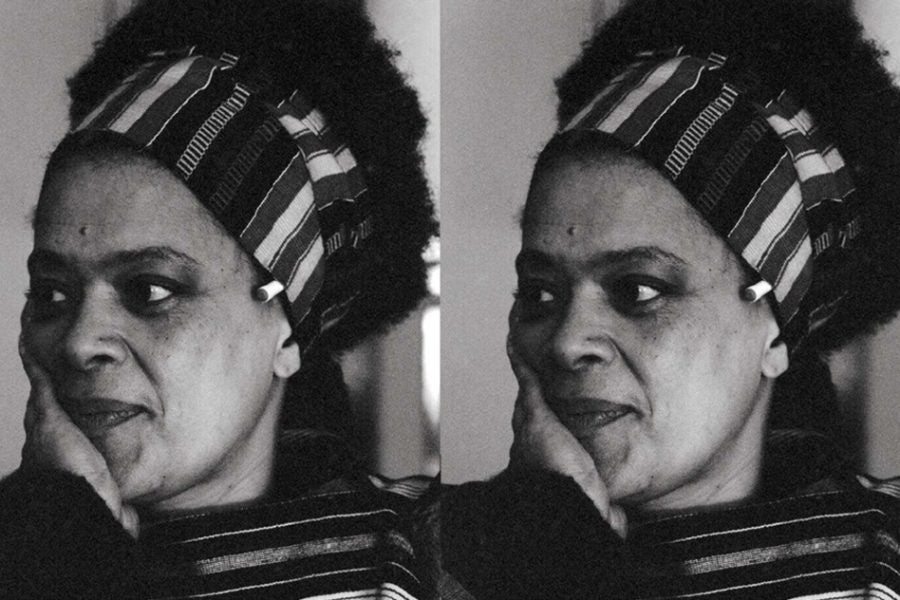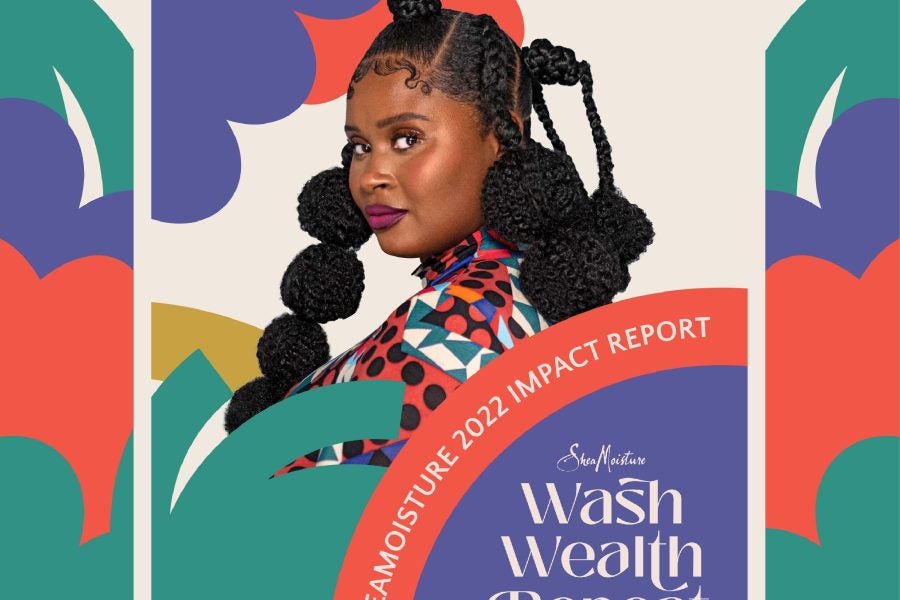
Former Miss USA Cheslie Kryst, songwriter Ian King Jr., and college cheerleader Arlana Miller all died by suicide this year. Their deaths garnered significant attention in the news and among the Black community.
According to the Centers for Disease Control and Prevention (CDC), while suicide rates decreased by 3 percent in 2020, rates among the Black community did not follow the same pattern, and instead they increased. The U.S. Department of Health and Human Services released the disturbing data that “[i]n 2019, suicide was the second leading cause of death for blacks or African Americans, ages 15 to 24.”
Even worse, a 2021 study published in the Journal of the American Academy of Child & Adolescent Psychiatry found that Black girls experienced an increase in suicide rates averaging 6.6 percent ever year, which is more than twice that of Black boys.
What is causing these distressing trends to occur? Clinical psychologist LaVome Robinson, who has extensively studied Black adolescents and suicidality says “The experiences of the African American child are like none other in the United States…We live in a society that marginalizes us — more so probably than any other group — and has historically for years.”
The onset of coronavirus did not help to ease stress and anxiety among our youth, and during the early days of the pandemic, Dr. Patrice Harris, a board-certified psychiatrist who specializes in child and adolescent issues, was extremely vocal about the preventative measures that would be needed even more so during this time, given the increased isolation.
Hailing from Atlanta, GA, Dr. Harris is the CEO of eMed and the Former President of the American Medical Association (AMA). A former Psychiatrist of the Year, Dr. Harris is passionate about improving children’s lives, and has been a prolific lecturer on mental health.
In conjunction with September being recognized as National Suicide Prevention Month, ESSENCE spoke to Dr. Harris to discuss her path to medicine, how the COVID-19 pandemic intensified depression, anxiety, and suicide within the young adult population, and signs people can look for in those who might be struggling.
This interview has been edited for length and clarity.
ESSENCE: How did you get involved in this space and what drew you to mental health?
I had always wanted to be a pediatrician since I was in the eighth grade. My inspiration was “Marcus Welby, M.D.,” the old TV show—it was my “Grey’s Anatomy,” if you will. But, during your third year of medical school, you rotate through all the specialties, and I fell in love with psychiatry. I was fascinated with the brain and the central nervous system, and the opportunity to work with children, and I knew that I could combine psychiatry and my passion for working with children into child and adolescent psychiatry.
ESSENCE: How would you say that the pandemic exacerbated anxiety, depression, and suicide among children and young adults?
The trauma and the stress of the pandemic certainly disrupted the lives of our youth significantly with not being able to participate in normal routine activities, because youth do better with routine. Something that we are not talking about enough is that a lot of our youth lost parents and family members, so there are likely unresolved issues around grief. We also grieve for rituals, and we know that youth were not able to graduate and participate in those activities, so all of that trauma and stress and isolation combined certainly disrupted lives and impacted mental health, and that is the foundation of what we have been seeing with the increase in the rates of suicide, depression, and anxiety.
ESSENCE: What are signs that parents and caregivers can look for in those who might be struggling?
One important point to note is that no two children will look the same, and there is no one typical way to know that kids are struggling. But, here are some overall signs to look for: first and foremost is a change in functioning, i.e., kids who were previously doing well in school but suddenly their grades are different, they’re isolating more, and significant sleep disturbances, and when they are sustained [sleep disturbances]. We also need to know that sometimes kids will just come right out and say, “I’m not doing well. I’m sad, I’m anxious. I’m having thoughts that I don’t want to live anymore.” So you look for those signs, but you also listen and ask questions because a lot of times especially today, kids are more open to talking about how they’re feeling and how well they are not doing.
ESSENCE: What are steps that someone who might be struggling can take to alleviate their symptoms?
The first thing is to talk about it, and particularly in communities of color, and in the Black community, there’s stigma around even admitting that you need help. We’ve had these myths that if you have issues with anxiety or depression, that you didn’t pray hard enough, that it’s a moral failing or you are weak. There’s also the whole myth of the Superwoman, strong Black woman syndrome, “I have to take care of everyone,” but it is okay not to be okay. So, I think the first step is to reach out to someone you trust and say, “I’m struggling here, I’m not doing well, I’m having feelings of depression, anxiety, maybe I don’t want to live anymore,” and just being okay with saying “I need help,” and then taking advantage of resources.
[W]e have had decades of woeful underfunding of mental health resources in this country. There are issues with access, and we still have a lot of work to do in this country to make sure that the services are available at the level they are needed, which is even more pronounced in the Black community.
ESSENCE: Something that came to mind when you spoke on the myth of Superwoman, was the death of Cheslie Kryst, which deeply impacted me. How can someone who might not fit the mold and seem to be high functioning, get the help they need?
Like you, I was deeply impacted by that as well, and I remember reading a few of the articles and saw a constant theme of people saying, “she seemed okay, she didn’t show any outward signs.” I think hopefully the lesson learned is, you don’t always see outward signs. You don’t always know what a person is struggling with internally because that is a problem. I would encourage people to say, “You know what, I’m not okay, maybe I do look okay, and maybe we hadn’t talked about this, but I am struggling.” It’s really not always about what is external, but sometimes about what is internal.
ESSENCE: Why is this such an important issue that needs to be discussed right now?
To be candid, we have had decades of woeful underfunding of mental health resources in this country. There are issues with access, and we still have a lot of work to do in this country to make sure that the services are available at the level they are needed, which is even more pronounced in the Black community. I always say people should have a proactive plan, for instance if you have diabetes, what is your plan if your blood sugar is too low or too high? Similarly, every individual should have a mental wellness plan.
And the numbers say it all, if you just tick off stat after stat after stat. Suicide has doubled since 2014, and if you look at Black boys, the rate has increased 60%. In the last several years, we know that 40% of youth ages 10 to 17 have reported that they are anxious and depressed, and in my own private practice, I saw significant increases in the number of youth that were coming in with symptoms of anxiety and depression. Given the numbers and the age we’re living in, it is so important to have these conversations and elevate these issues. Most importantly, it’s important for our society to make sure that we are putting more resources into treatment and services for those who need it.
To get help, please call, text, or chat 988, which “has been designated as the new three-digit dialing code that will route callers to the National Suicide Prevention Lifeline…The previous Lifeline phone number (1-800-273-8255) will always remain available to people in emotional distress or suicidal crisis.”







